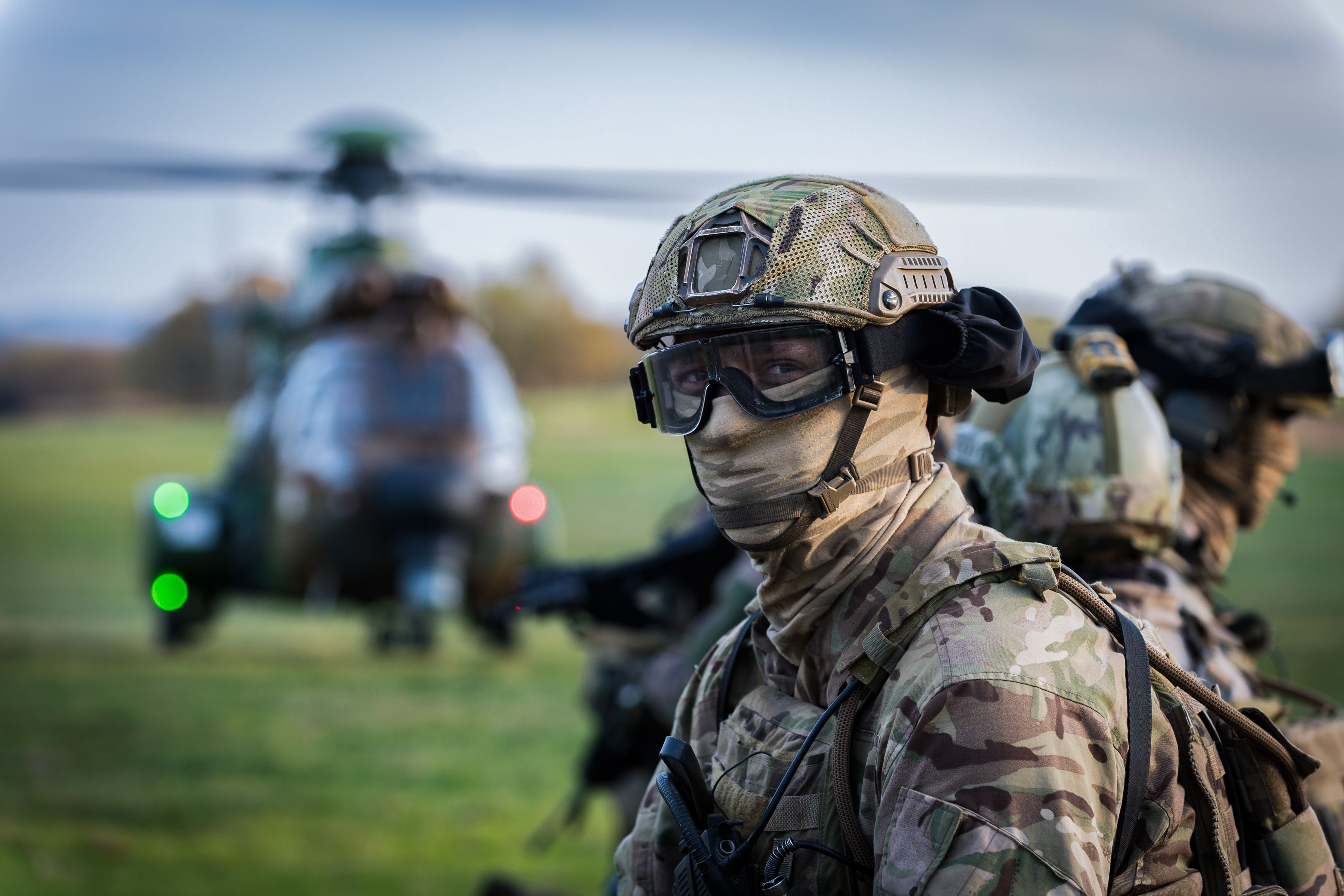Countdown
-
I found the event to be nothing short of outstanding. In my view 3CDSE has very quickly become a ‘must exhibit’ show for 2020.
-
One of the best events I have ever been to in over 20 years - highly targeted, the stand was stacked with people, an excellent event in terms of the level of interest, discussion and post-event follow up.
-
A niche event that provides MOD, DE&S and Industry SME engagement for specialist communities that is not replicated elsewhere.
-
A great event that is getting bigger and better every year. A really useful opportunity for those in the Defence and Security Sector to exhibit, network and do business.
-
Fortinet were delighted to be sponsors at the successful 3CDSE 2021 which sets a new industry event standard for combining technology innovation, industry collaboration and MOD staff engagement.
-
We had a brilliant day and made some fantastic contacts. We were really pleased with how many of the exhibitors and attendees wanted to speak with us and take away some of our Cyber Protect messaging.
-
"....had a good show, really impressed with the quality of several leads I picked up....we would like to book the same stand for 2022, the spot is perfect!"
GDPR
Please note: SDSC-UK and its trading company 3CDS (Trading) Ltd do not sell or pass on any SDSC-UK contact details to third parties other than those that are expressly authorised to have access to that data for the proper functioning of their roles.
We work with Cyber Quarter, the Midlands Centre for Cyber Security/Univ of Wolverhampton, to ensure that our systems are safe, secure and robust. We are pleased to be rated in the top 10% of organisations for cyber security in the Aerospace and Defence & Security Industry.
On occasion we are made aware of unscrupulous external actors who claim to hold data from exhibitions such as SDSC-UK. Please be advised that any person offering such data and purporting to be acting on behalf SDSC-UK is fraudulent. Any such perpetrators will be pursued by our sister company, Harrison Clark Rickerbys (hcr), a Top 100 law firm.
Our Security and IT experts advise that it is best not to respond to such emails as by doing so, you may be unwittingly verifying your own email address. If you have any concerns in this regard, please contact Anna Roby-Welford, Director, SDSC-UK anna@3cdse.co.uk









